Vitamix Food Cycler vs. Pela Lomi: Kitchen Countertop Composters Compared
by Maureen Wise, on March 1, 2022
Our waste and what to do with it is a big part of our world’s climate change solutions. Left over, scrap, and uneaten food is part of this problem. If food waste was a country, it would be the third largest producer of greenhouse gasses in the world, behind China and the United States. Happily, food waste is something we can address at our own homes and don’t need to rely others to do the work for us.
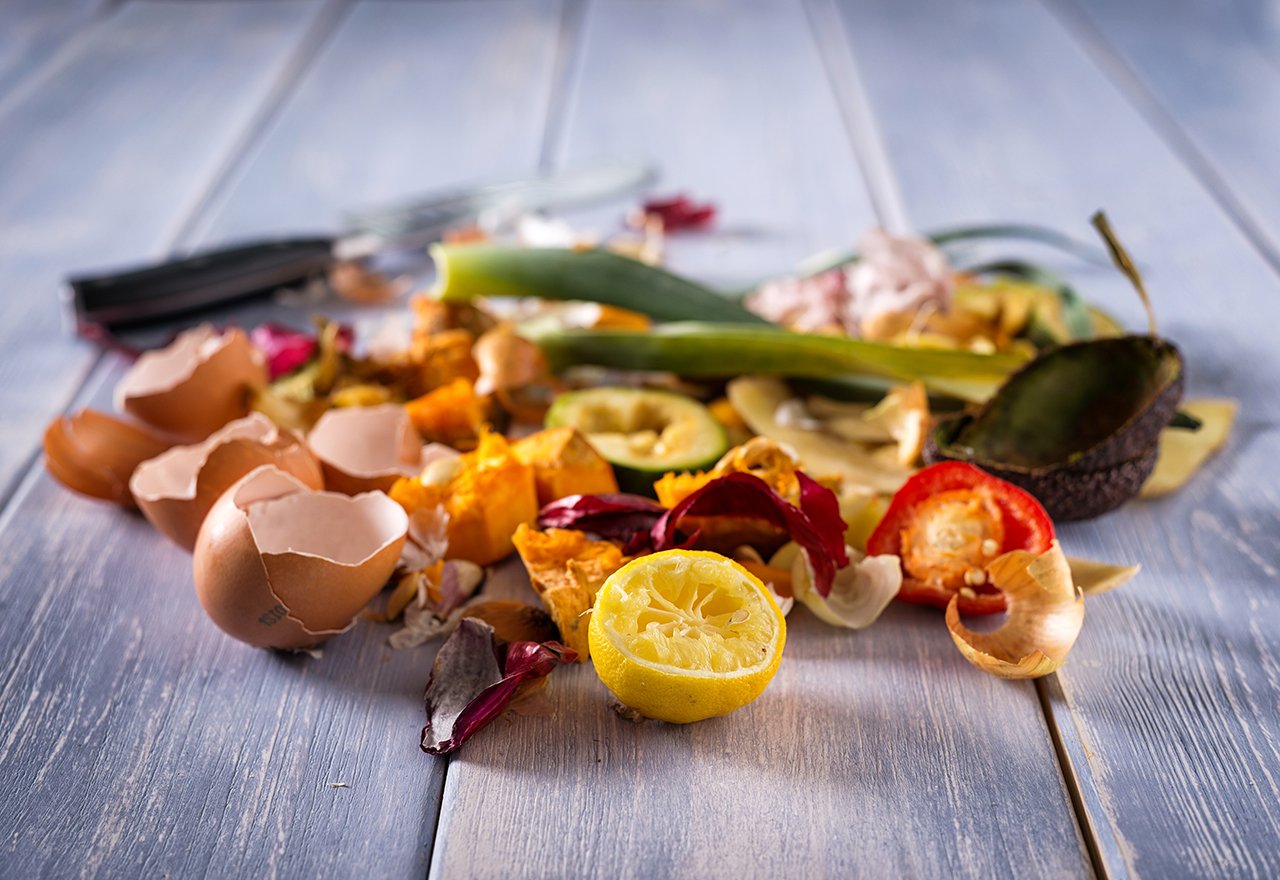
To reduce food waste, we need to both reduce the amount of food that goes uneaten and also address the scraps that can’t be eaten. Composting these food scraps along with garden waste is a key solution. Many people compost in their backyard with a compost bin or barrel with little trouble. Additionally, some businesses offer pick up or drop off of compost and some cities offer compost pick up with waste services. We love Rust Belt Riders, a Cleveland-based curbside composter who will pick up your food scraps and compost them for you (and they also offer residential drop-off services and serve commercial customers as well). However, those outside of these service areas, or those without a yard (or a small yard or no interest in rotting food in their backyard!), there are other options for reducing landfill kitchen waste.
Kitchen Countertop Composting
There are multiple countertop kitchen composting appliances on the market today. They all do the same job: turn kitchen scraps into a dirt-like material. The machines grind, compress, dehydrate, and heat food waste and users are left with something like compost. The process is much faster and less smelly and slimy than composting outdoors, letting nature do the work slowly. Most composting appliances can undertake composting food scraps such as bones, meat skin, and dairy products that backyard composting can't, which is a great benefit. These small appliances tend to be about the size of a breadmaker, use a carbon filter to reduce smells, and are quiet workers. They can make compost in less than a day instead of the months that Mother Nature takes. However, they do not all actually make compost. Because of the heating process, most electric composters make something like compost that users can add to their gardens as a fertilizer.
Lomi Advantages
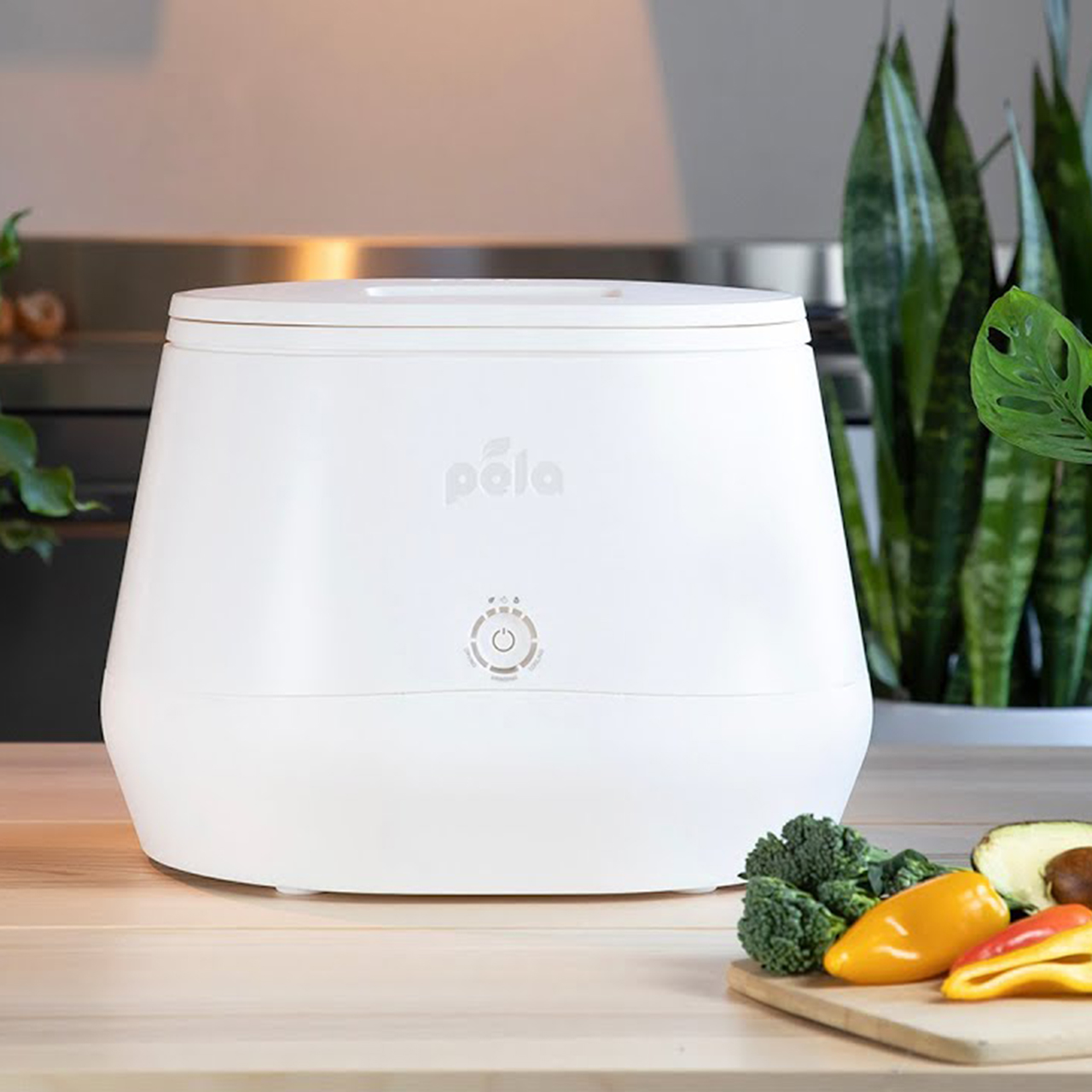
The Lomi Composter is new on the market has a few features that the Vitamix Foodcycler, a composting appliance we know and love, does not.
The Lomi can compost bioplastics. Pela, the company that makes the Lomi also produces phone covers that are made of compostable plastic and so this closes the waste loop of their main product line which is commendable. Backyard compost bins and the Vitamix Foodcycler can not break down plastics made from plants. Before, only industrial composters could deal with these compostable plastics which include single-use cutlery and single-use cups along with some film plastics. These plastics made from plants are innovative and better for the environment than plastics made from oil but the average household doesn't come in contact with bioplastics very often. Bioplastics are not very wide-spread and this benefit is likely not to be used very often.
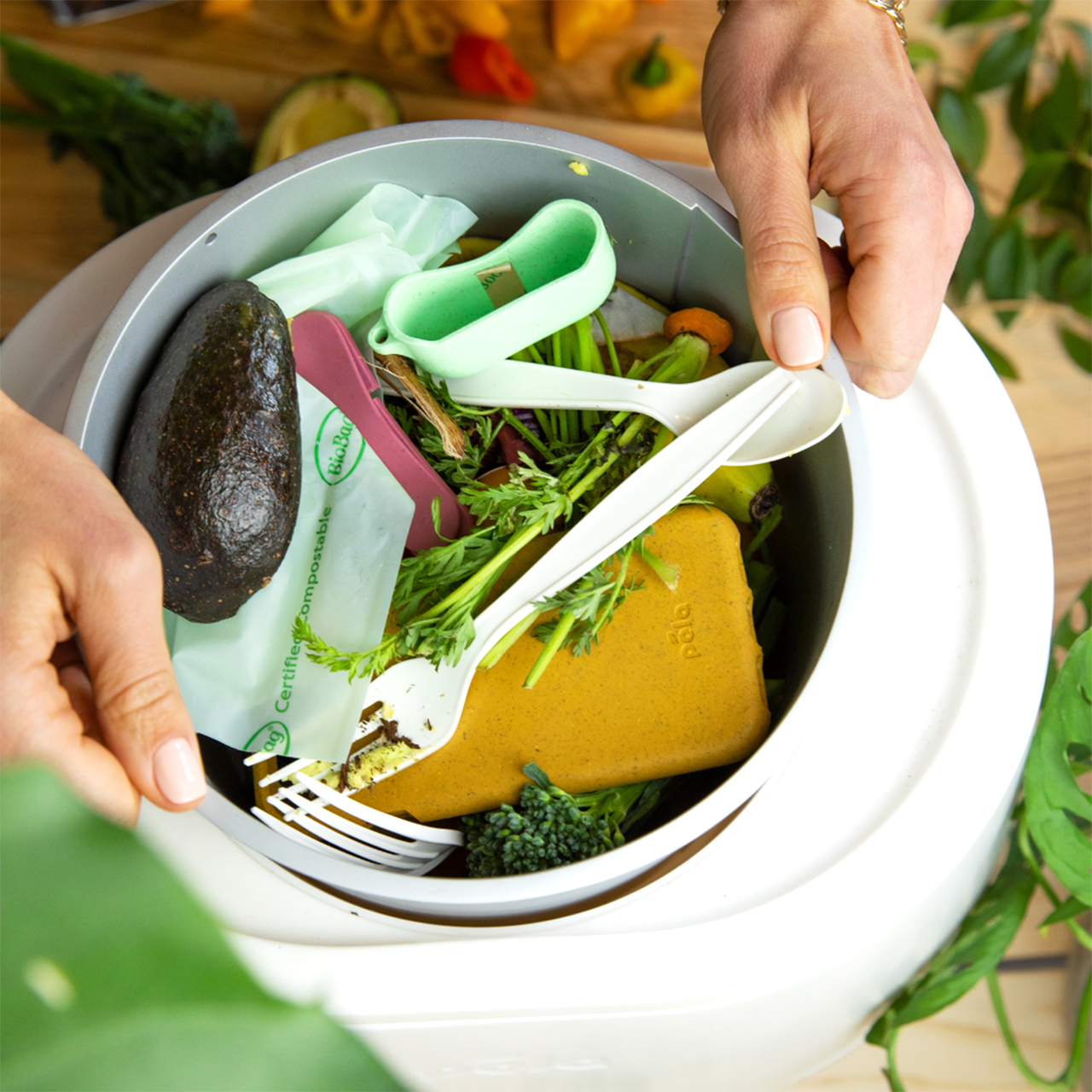
Another advantage that the Lomi has over the Vitamix FoodCycler is that its carbon filter is washable and reusable. This feature reduces the overall maintenance cost and waste of the product. The Vitamix FoodCycler’s filter must be changed every 500 cycles, so rather infrequently. Users we know have never changed their filters!
Additionally, on the twenty hour mode, Lomi’s final product of dirt-like material can be used directly as soil. The Vitamix FoodCycler’s final product, what they call a nutrient-rich fertilizer, must be mixed with soil since it is heated and no longer contains any bacteria. Usually, though, gardeners already have potting soil or garden soil as part of their gardening and planting process. Mixing the Vitamix FoodCycler’s soil amendment isn’t a problem at all, in our experience.
Vitamix FoodCycler Advantages
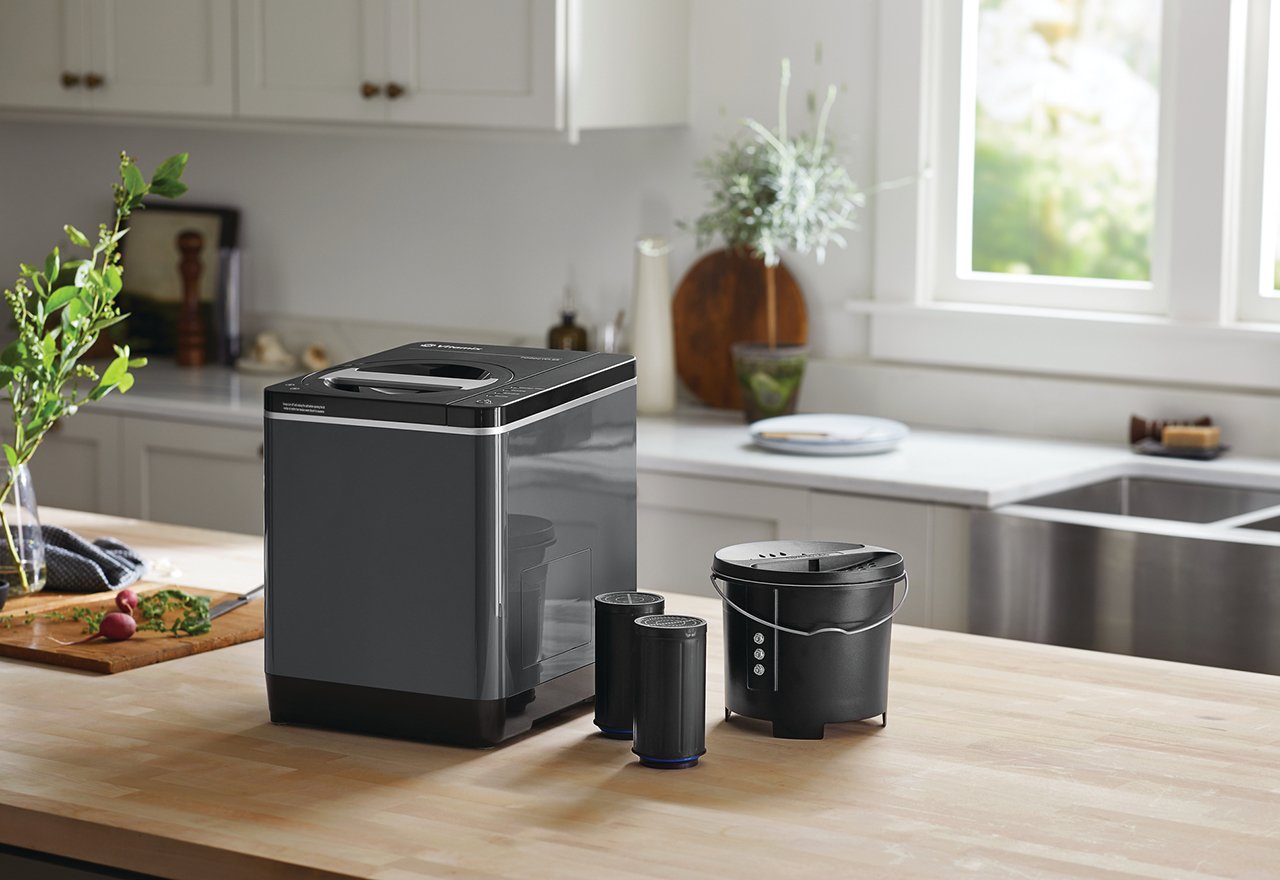
Pela’s Lomi composter is very new on the market, just arriving in January 2022. Orders take up to three months to be fulfilled and so those purchasing a Lomi must wait. The Lomi is $100 more expensive than the Vitamix Foodcycler. At $500 and low stock, many people are turning to the FoodCycler instead, especially because it’s backed by a trusted name brand. Vitamix is a leader among high powered blenders and food processors. It’s a company that knows how to chop food well and the FoodCycler does just that.
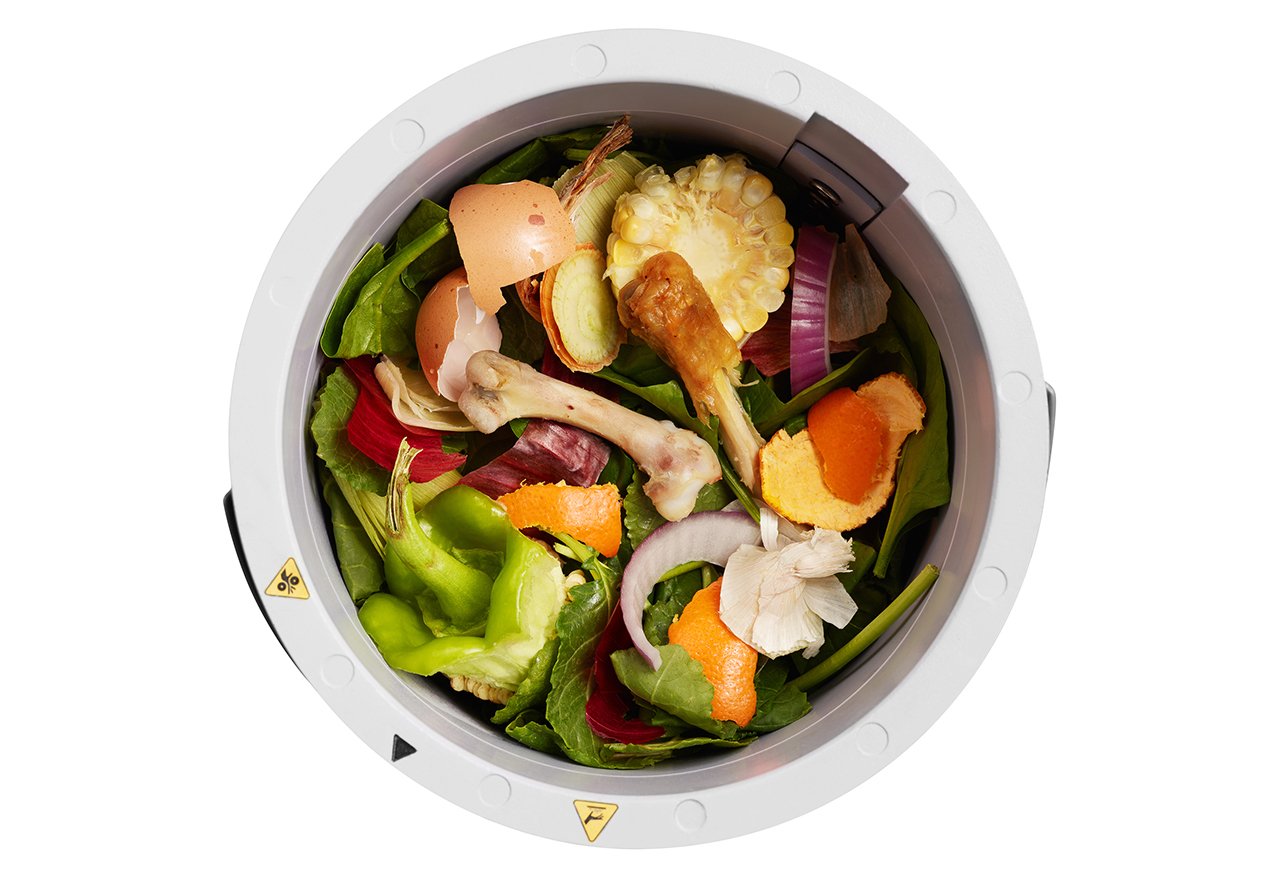
Additionally, the FoodCycler takes less time to reduce food into “compost” compared to the Lomi. The Lomi has three modes that take four hours, ten hours, or twenty hours. The twenty hour mode is the only mode that produces the compost that is usable directly as soil. The other two modes make a dirt-like material that must be amended with soil in order for plants to use the nutrients like the FoodCycler. The Vitamix FoodCycler only has one mode and takes eight hours and generates a similar compost product.
We sell the Vitamix FoodCycler in our Good Nature Organic Lawn Care Store and can vouch for its usefulness and reliability.
Vitamix FoodCyler vs. Lomi Bottom Line
Both products perform an important role in reducing food waste and the methane greenhouse gas emissions that come with sending food waste to the landfill. The Lomi has a few nice to have features that the Vitamix does not (bioplastics mode) and a 20 hour cycle that will produce a more finished product than the FoodCycler. As far as turning food waste from a problem into a solution, both machines do a good job. The Vitamix has years of appliance building expertise and a reputation for making durable products and comes with a $100 lower price tag than the Lomi. Based on that, we recommend and sell the Vitamix FoodCycler.












